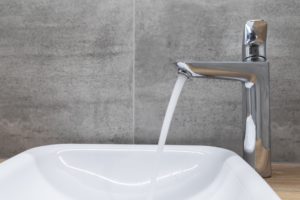Americans spent over $550 billion in 2022 on home renovations. One of the most common reasons behind renovations is repairing flood damage. For example, a homeowner might have to hire a contractor to deal with a flooded basement.
Submersible pumps are key in situations like these, as they allow users to transport water elsewhere. Not everybody understands the different types of submersible pumps available, though. Let’s explore what you need to know about these pump options.
Water Pumps
These pumps push water without moving contaminants or large particles. They’re great for relocating water from one area to another.
As such, they are often used during irrigation in the agriculture industry. These pumps are often used in combination with a cistern pump during irrigation. Other general use cases involve managing water in drain systems, pools, etc.
Sump Pumps
These pumps are installed at the lowest point in a residence or commercial facility. This helps prevent the accumulation of water, which could eventually lead to mold growth or property damage.
Sump pumps often come into play during floods, as water will eventually make it to the lowest area of elevation. The pump will push the water out of the building and into the proper drainage location.
Effluent Pumps
Handling wastewater is the primary function of an effluent pump. More specifically, they push water and sewage out of a treatment facility or septic tank. This water is relocated to a secondary place, which is most often a drain field or alternate treatment system.
These are available in many different sizes in order to accommodate different use cases. To clarify, the particle size within a particular fluid will influence the size of the pump you need. Using the wrong size could prevent you from moving the water effectively.
Dewatering Pumps
As the name suggests, dewatering pumps help move water away from flooded sites that don’t have the appropriate drain solutions. Construction sites, for instance, are highly vulnerable to standing water.
Dewatering pumps are often installed in order to minimize the risk of damage to the site. The water is then transported to a drainage pit, tank, or other drainage location.
Finding a Pump
Before you make your decision, research the provider to gain insight into their reputation. What have other customers had to say? Were they satisfied with the results they got?
You should also compare prices among brands. It’s not uncommon to find great deals with enough research.
Finally, thoroughly consider your needs before making a purchase. This will help you get the best possible results.
Choose the Right Submersible Pumps
With so many submersible pumps available, making the right decision can be difficult. Do your due diligence and research the brands you encounter. This can help you choose the best product for your needs.
Our blog has plenty of other lifestyle articles like this one that you can learn from. Be sure to check them out today!



Be First to Comment